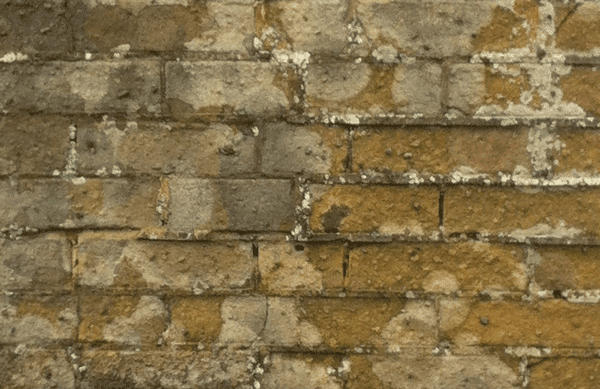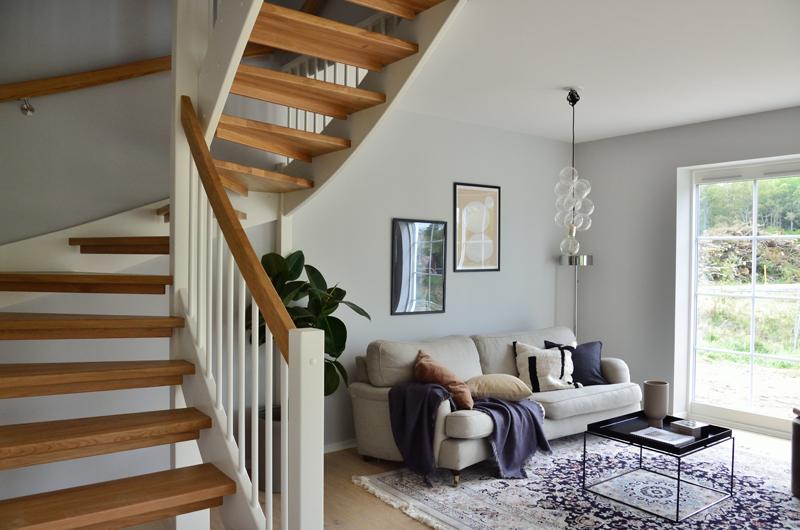Now is the time to start thinking about decorating your home. The weather is becoming…

Brickwork care in winter
Long periods of wet weather followed by freezing temperatures can have particularly damaging effects on brickwork. If pointing (the mortar running between lines of bricks) is damaged or eroded, or if the bricks have become spalled (broken up at the surface), water can get in. When that water then freezes, there can be serious problems.
The wrong kind of mortar is unfortunately often found in newer renovations of houses: hydraulic lime which sets quickly is often used instead of hydrated lime. Hydraulic lime sets quickly like concrete. Hydrated lime sets more slowly but allows the wall to breathe. Where the wrong lime has been used for repointing it is liable to crack. This of course allows water in.
The picture above shows missing mortar and cracked bricks, which are creating a friendly environment for spores which will further attack the surface of the bricks.
Both damaged mortar and worn bricks have a capillary effect – they suck in the water. And the water can carry in damaging atmospheric chemicals such as chlorides and sulfates, which make the problem worse.
Freezing temperatures cause water to expand, and large or small cracks result. It’s a common problem in London and keeps a lot of tradesmen busy.
We are decorating specialists, but far too often redecoration is forced on people because of brickwork problems which could have been dealt with early on.
If you see signs like crumbling or missing mortar, or bricks beginning to crumble at the surface, then we’d advise doing something about it as quickly as you can.
As a decorating company we’re happy to come and check if you have some signs of a problem. We can deal with a lot of these problems ourselves, and where specialist repairs are needed we can recommend people we trust.
With best regards
Marlon Bulger
Production Director
Bulger Wicks




